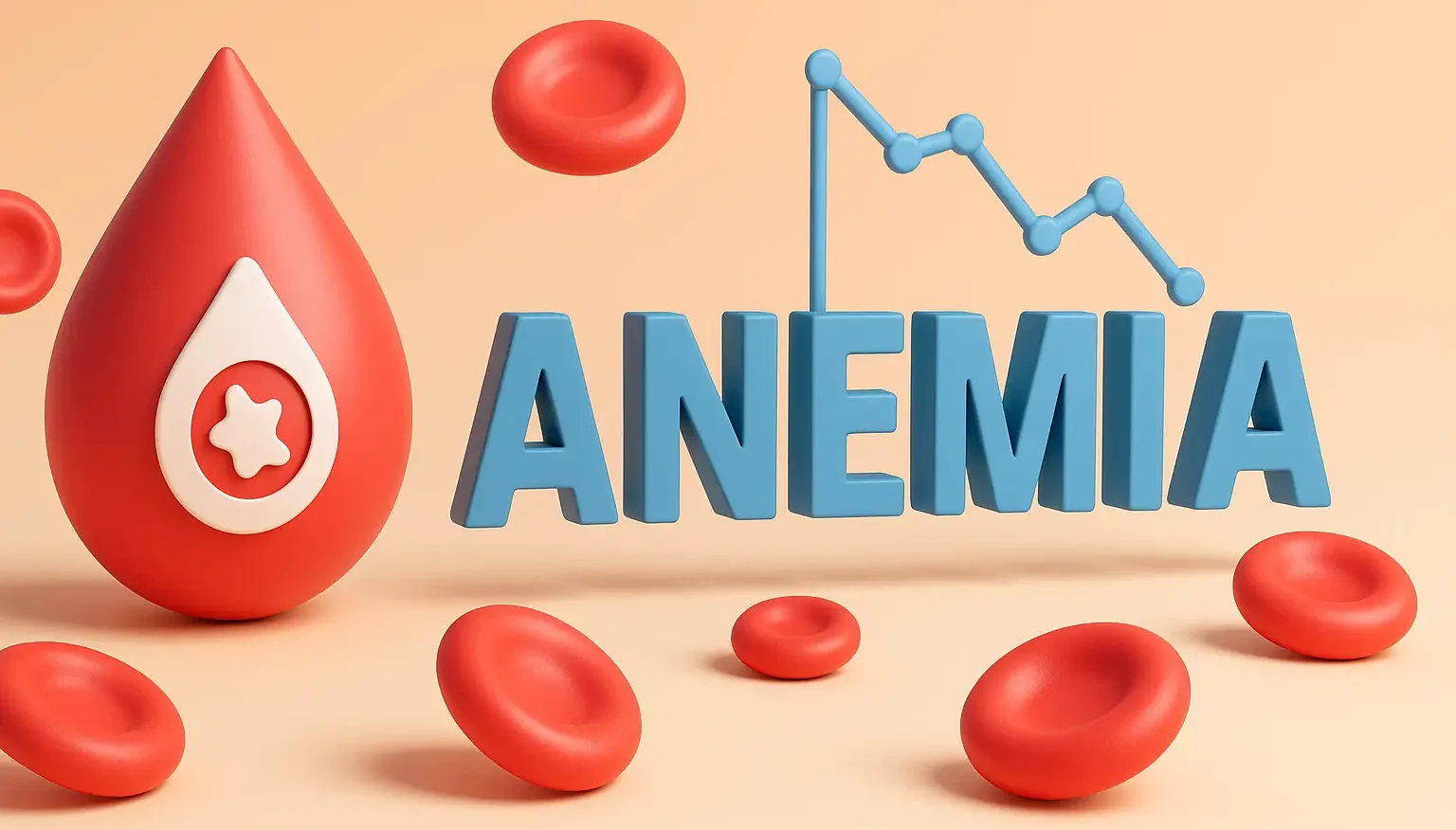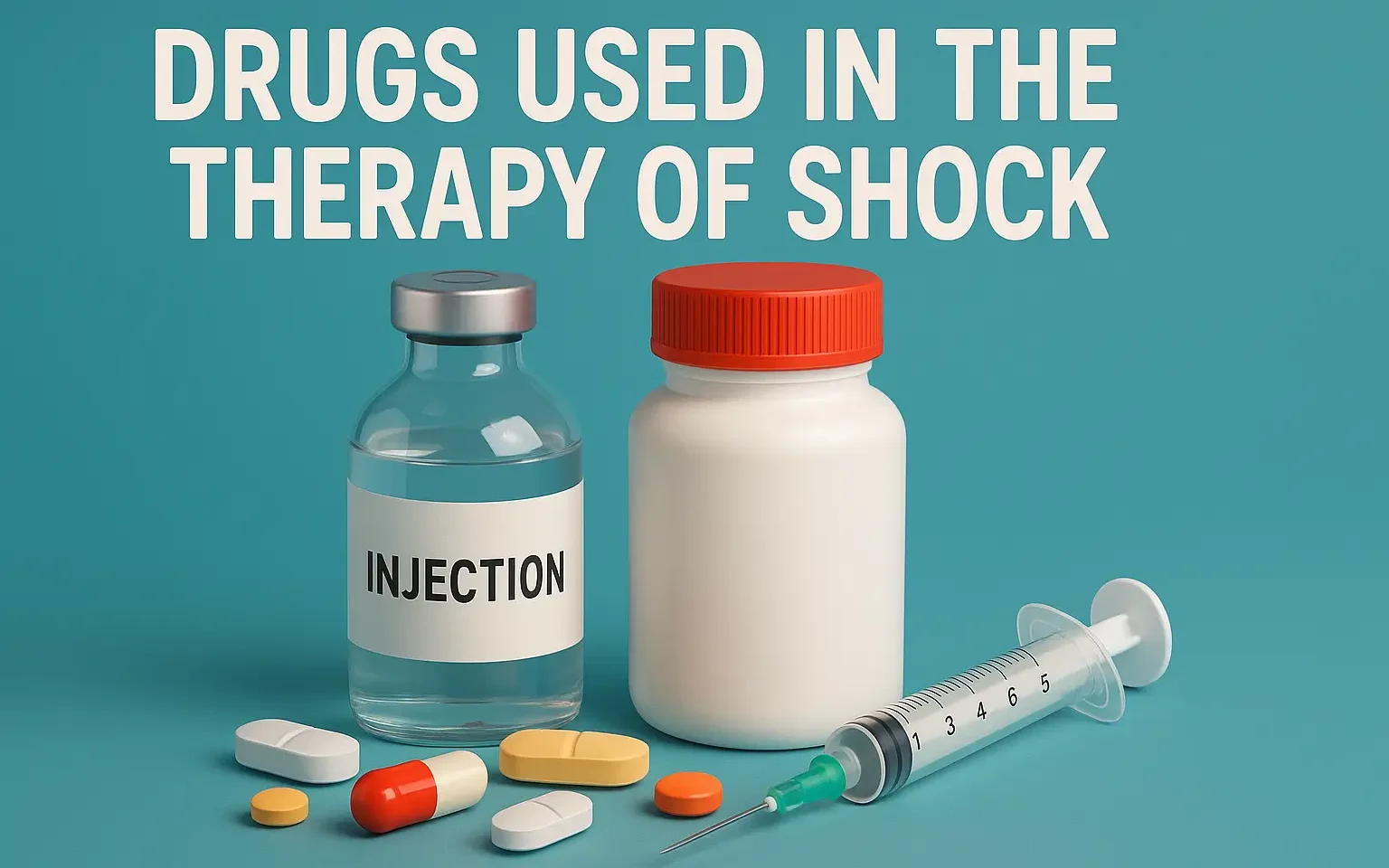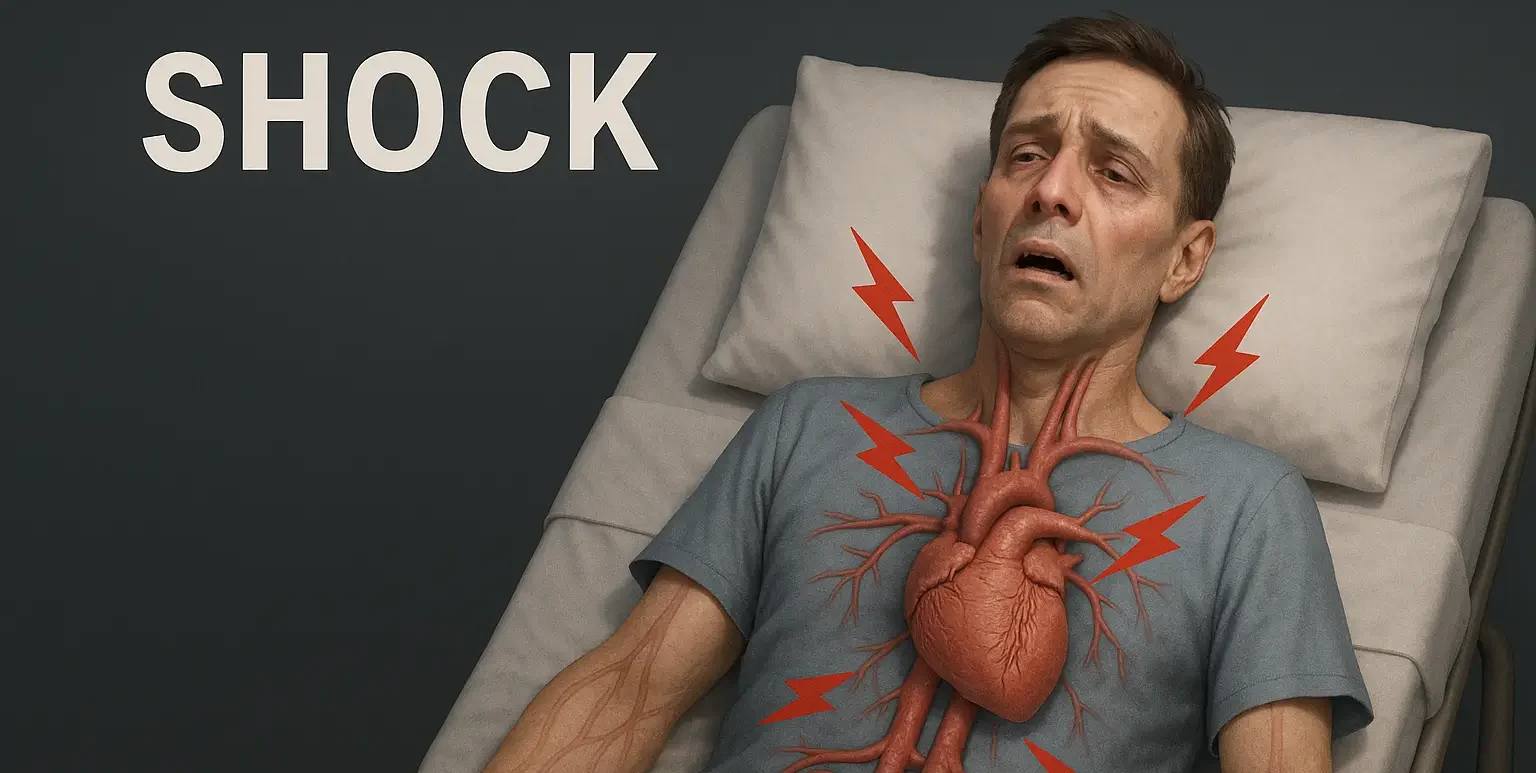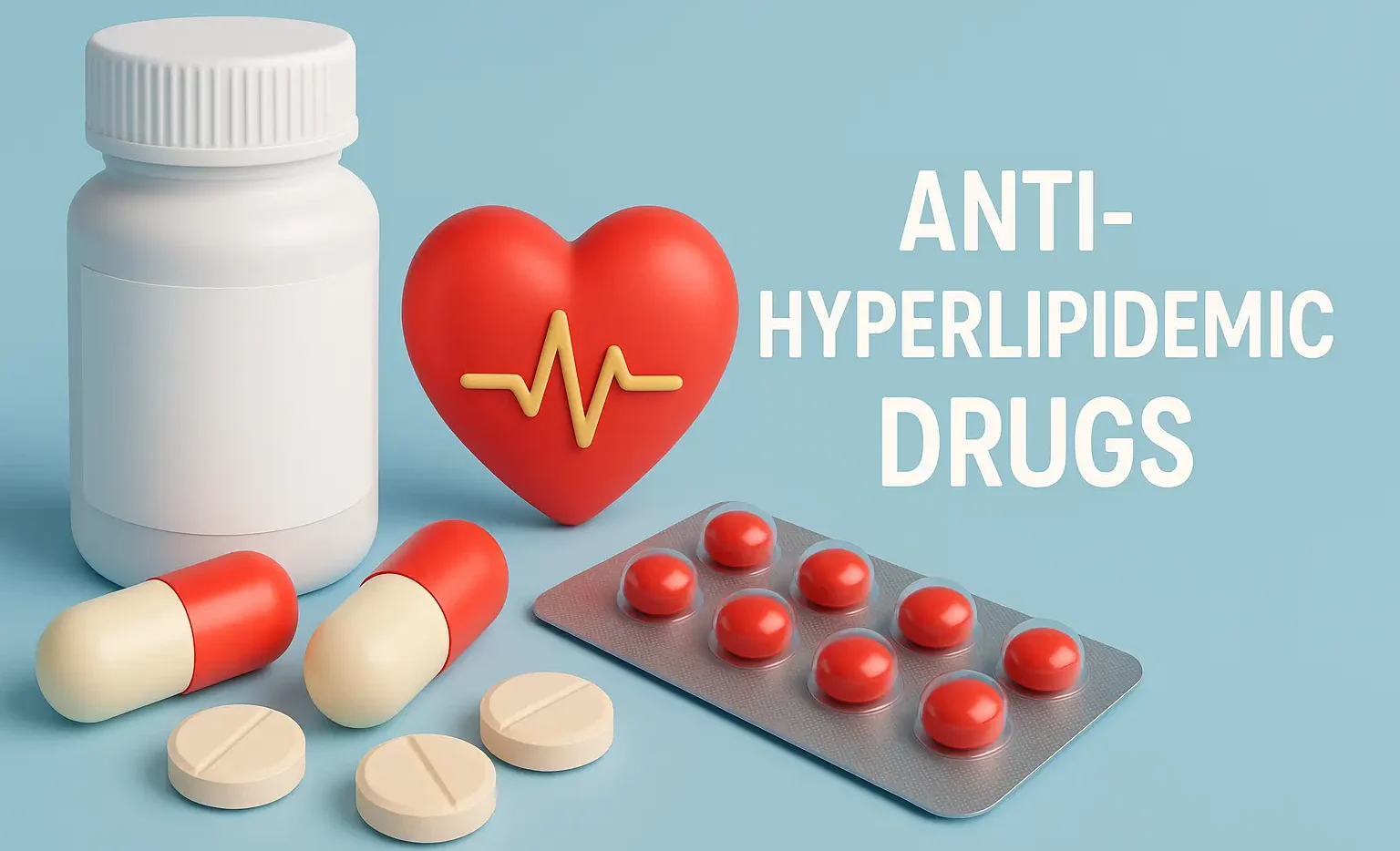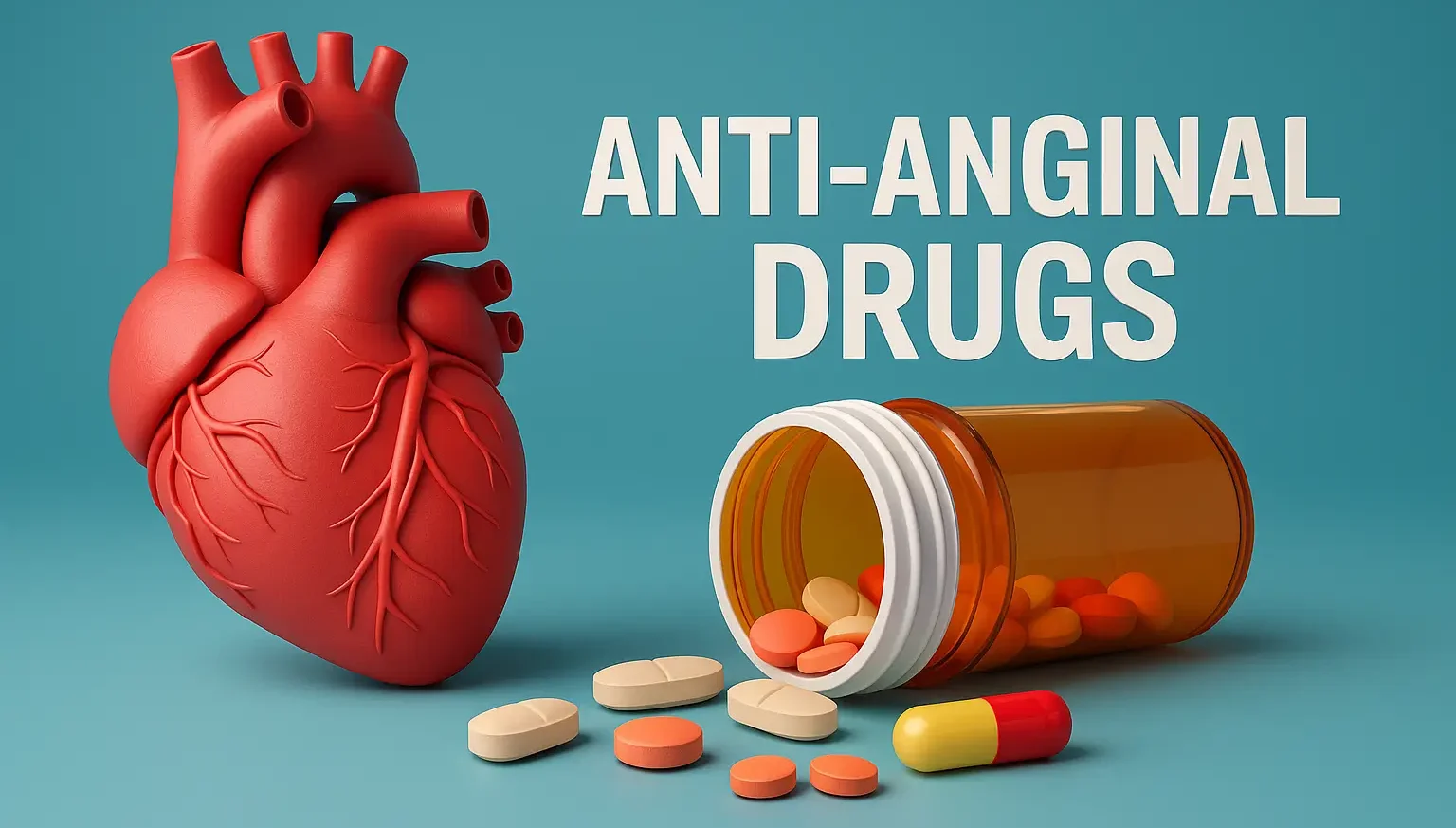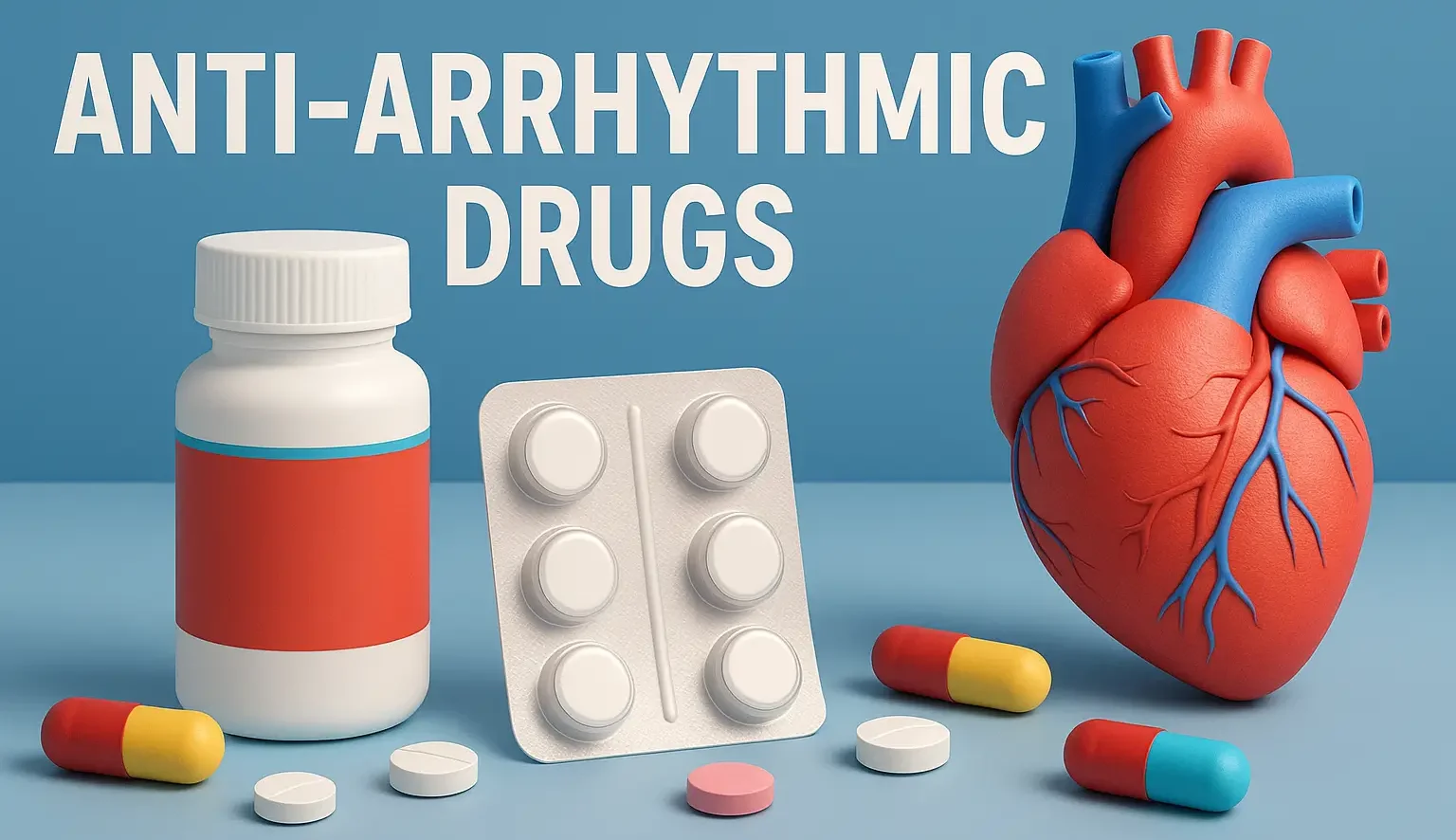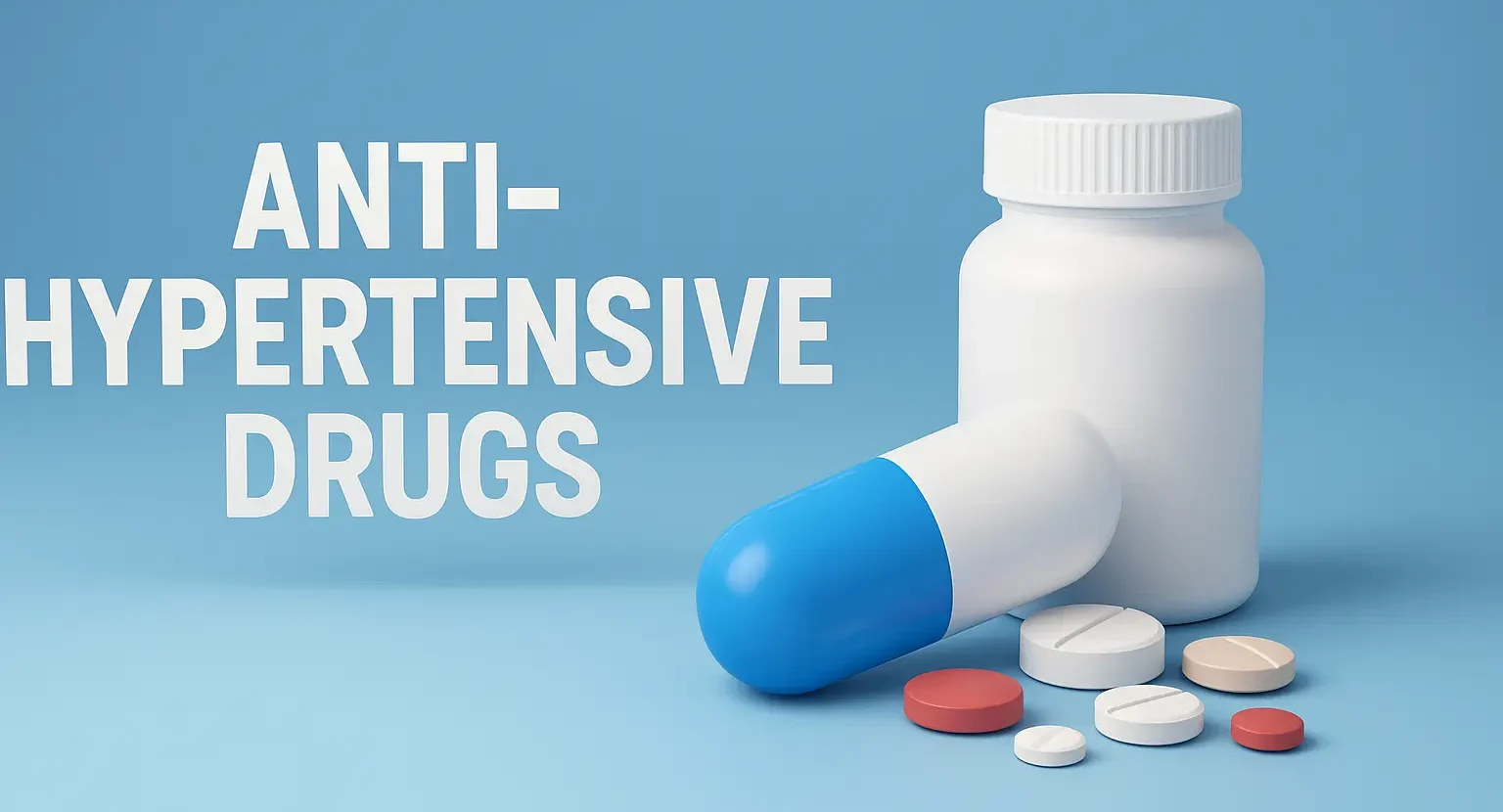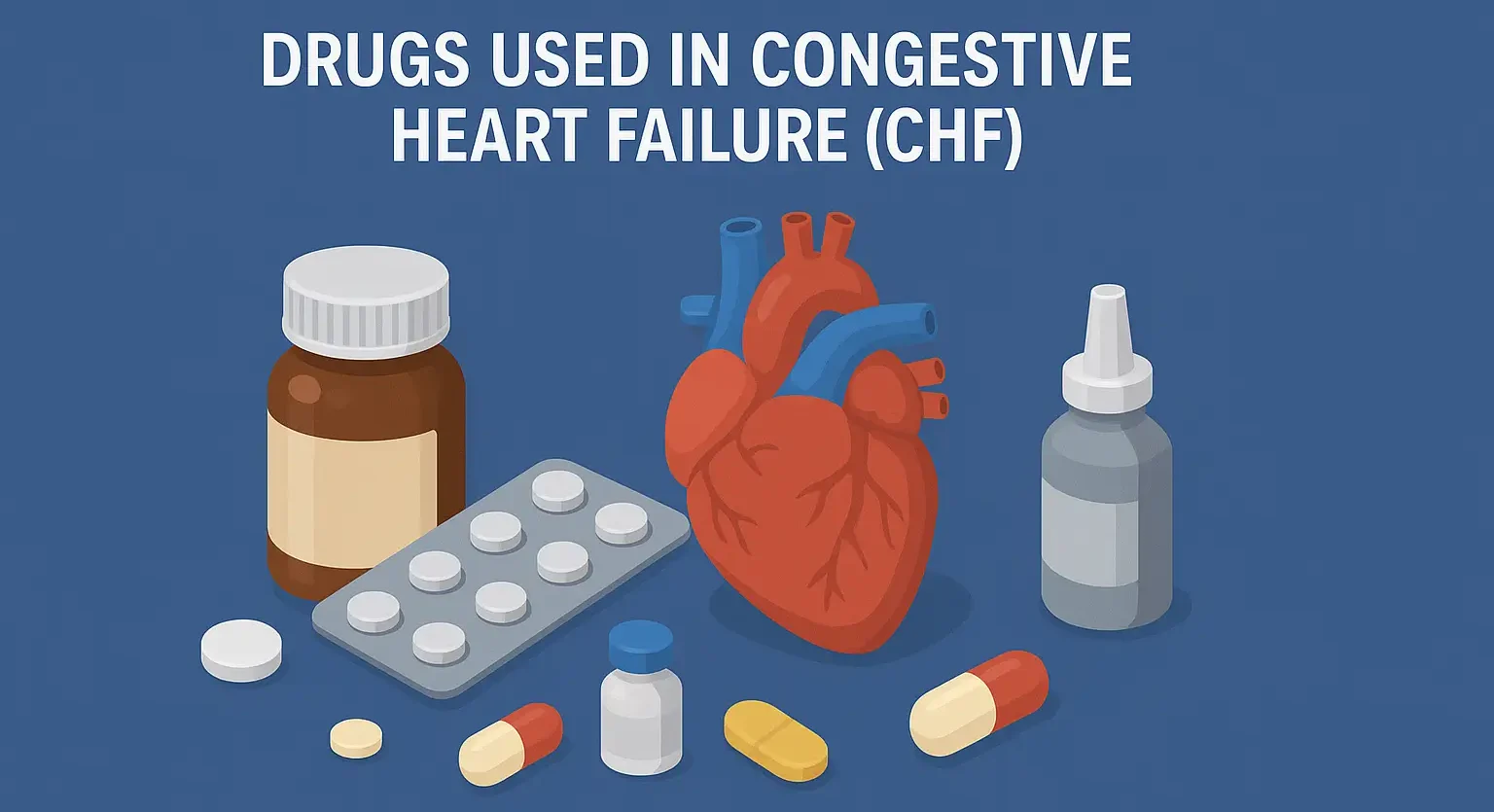Anemia
Definition of Anemia Anemia is a condition with decreased red blood cells (RBCs) or hemoglobin (Hb), reducing oxygen-carrying capacity and causing fatigue, weakness, and dyspnea. Types of Anemia Based on RBC Size (MCV): Microcytic (MCV < 80 fL): Iron deficiency, thalassemia, sideroblastic anemia. Normocytic (MCV 80–100 fL): Acute blood loss, chronic disease, hemolysis. Macrocytic (MCV … Read more

